Camera Shots: Angle and Distance
A movie, TV show, comic or online video is made up of thousands of pictures called shots, each of which must be carefully planned.
Media makers choose specific shots to create particular effects. Besides what is in the shot, the two basic elements of a shot are the distance between the camera frame and the subject and the angle from which the camera is viewing the subject.
Take a look at these shots from the 1946 film The Stranger to see how the director, Orson Welles, and cinematographer Russell Metty used distance and angle to tell a story.
Camera DISTANCE
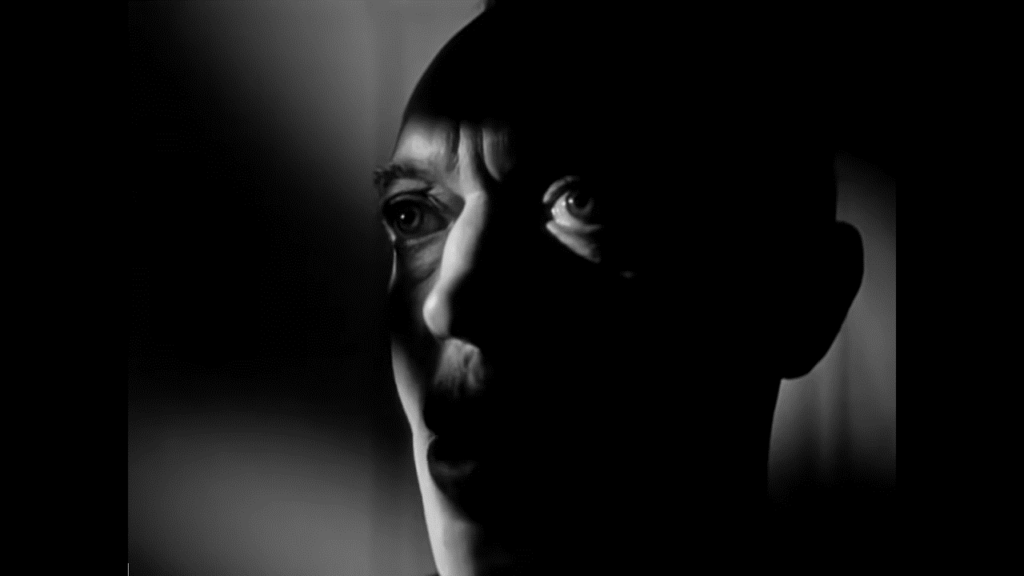
Close-ups are often used to make us feel a character’s emotions. Close-ups can also create tension because we can only see a small amount of the scene. In this shot this is intensified by the use of shadow, so that only a small part of the character is visible. Our close focus on their face also means that the scene in the background is out of focus, increasing the tension and suspense.
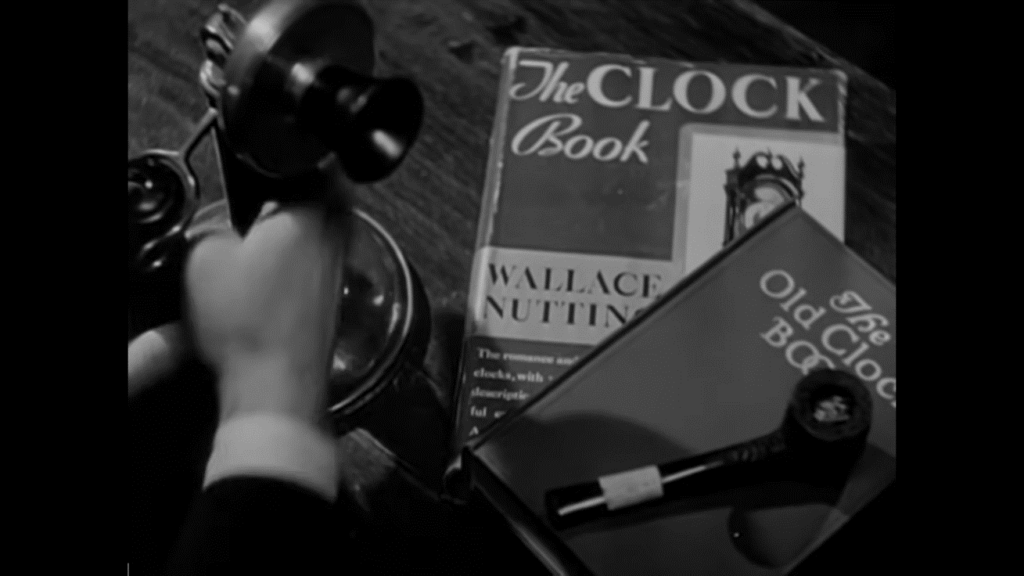
Extreme close-ups, sometimes called detail or insert shots, are often used to highlight a thing or action as being important. This shot highlights the importance of clocks as an image throughout the story.
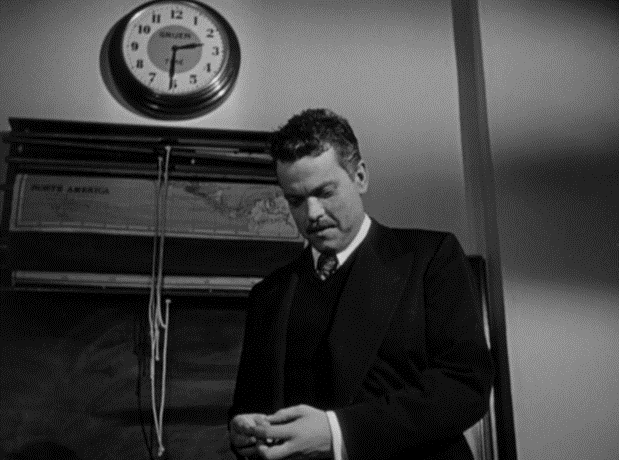
Medium-shots are used to situate a character or action within a scene. In this case, using a medium shot instead of a close-up introduces a key character and also associates them with the image of clocks (the one on the wall and the pocket watch in his hand.)
Medium shots are also used if you don’t want a shot to have any particular feeling or intensity (they can’t all be intense!)
In most medium shots, like this one, the characters and the background are both in focus. This makes them a valuable way of drawing the world that the characters live in.
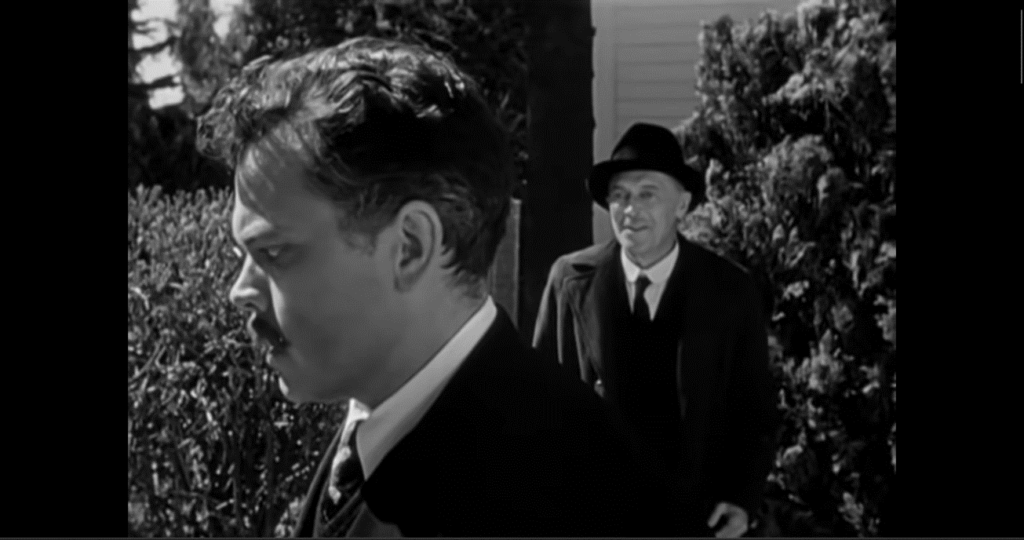
Two-shots are used when you have two characters in the same frame. The characters will often be posed at different distances from the camera to show who’s more important. Here, for instance, the nearer character is in focus, drawing our eyes to them, while the character on the right is out of focus.
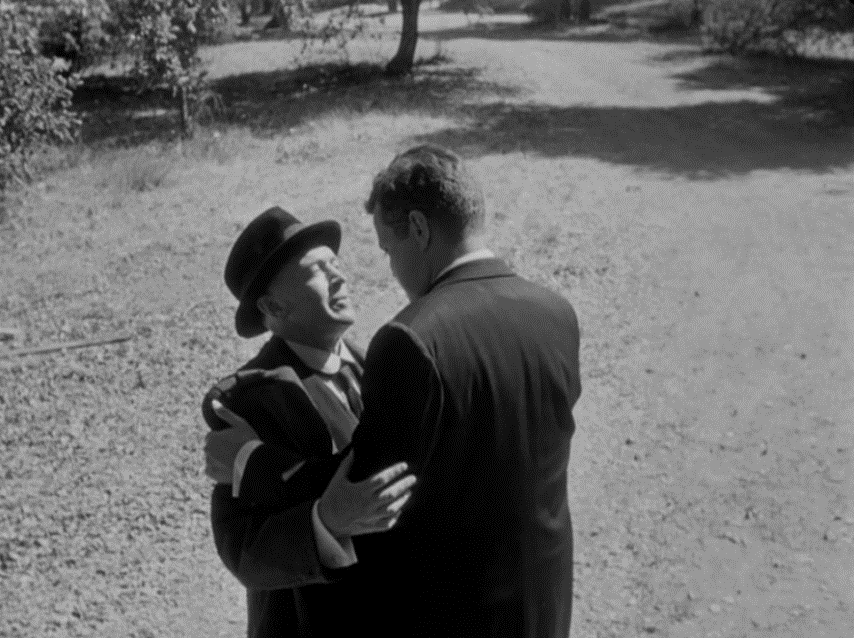
Wide or long shots are often used to give us a sense of place, showing us the environment the characters live in. In this case, placing the characters in the middle of a largely empty wide shot gives us a feeling that they are isolated and vulnerable.
Camera ANGLE
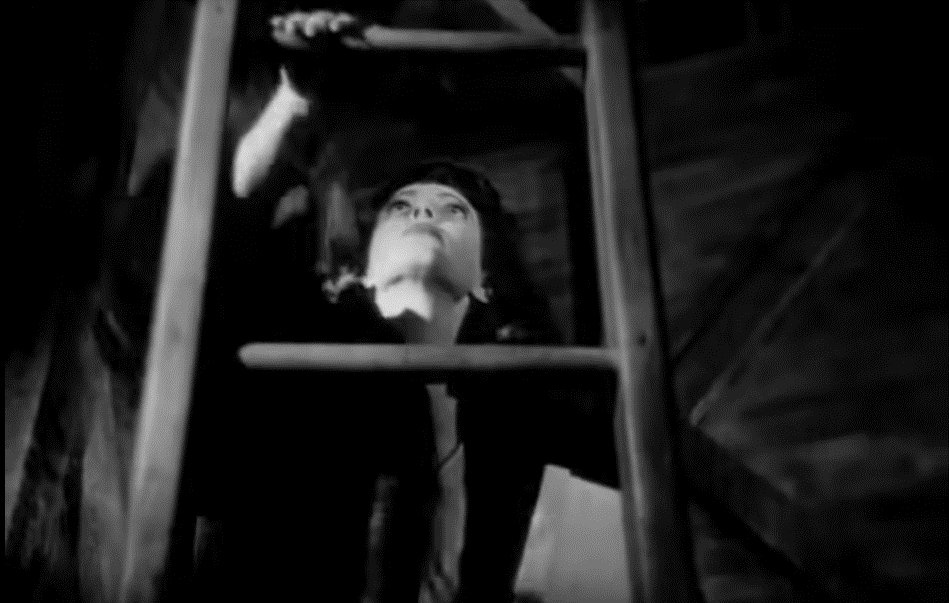
A low angle or worm’s-eye view makes someone look strong, brave or impressive. Here, for instance, we are looking up at the heroine as she climbs a ladder.
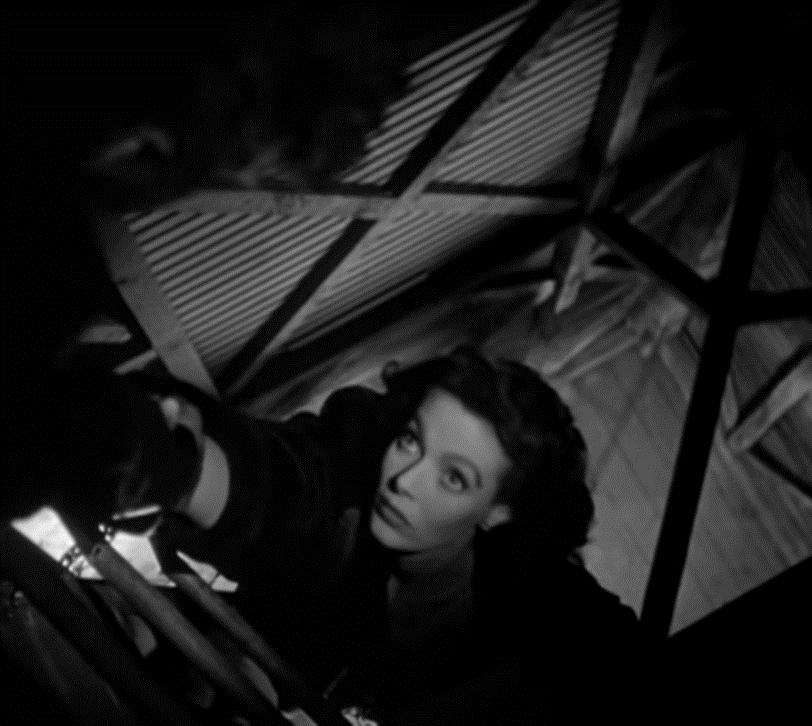
A high angle or bird’s-eye view is just the opposite, often used to make someone look weak or frightened. In this case, the director has followed a low angle with a high angle to emphasize the character’s sudden vulnerability.
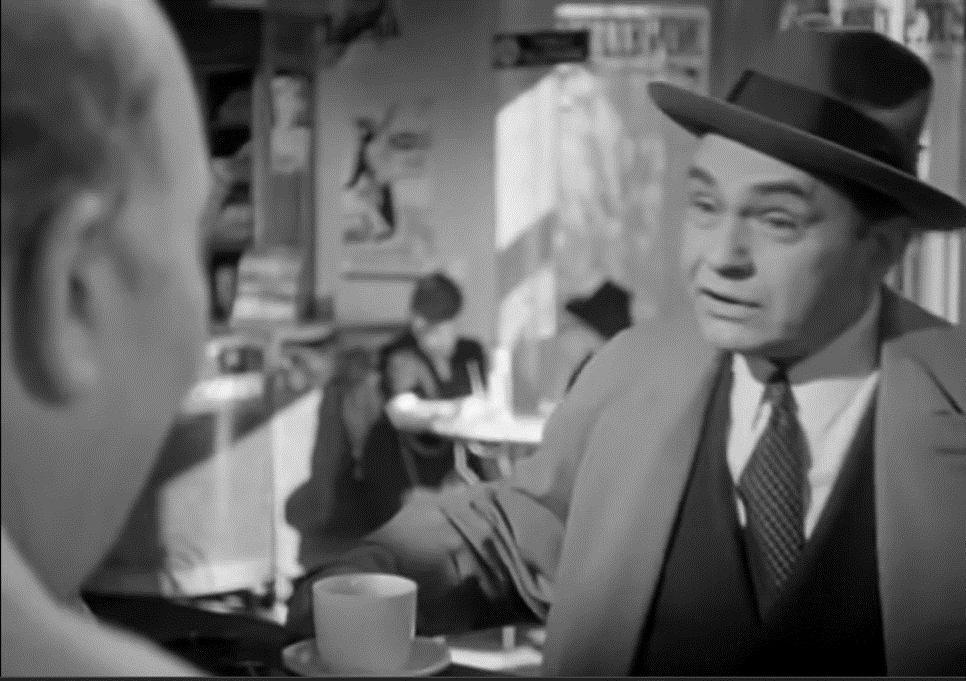
Conversations between characters are often done with over the shoulder shots like this one. When we only see over one character’s shoulder, we usually treat them as our viewpoint character.
The director of a movie makes all of the big-picture decisions about things like the look and tone of the film, as well as script and casting.
The cinematographer or director of photography works with the director to plan camera angles and movement and puts it into action on set. Some directors work closely with their cinematographers while others rely on them to set the movie’s digital style.
The character we most identify with, who acts as our "window" on the world of the film.
